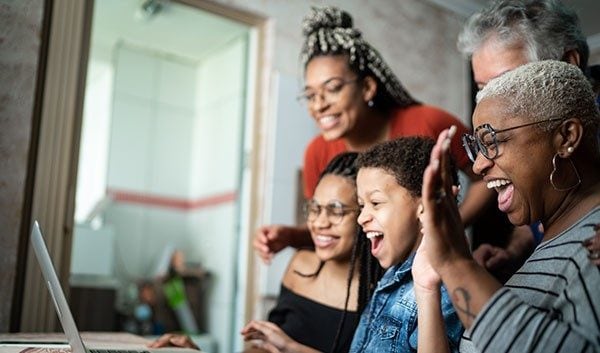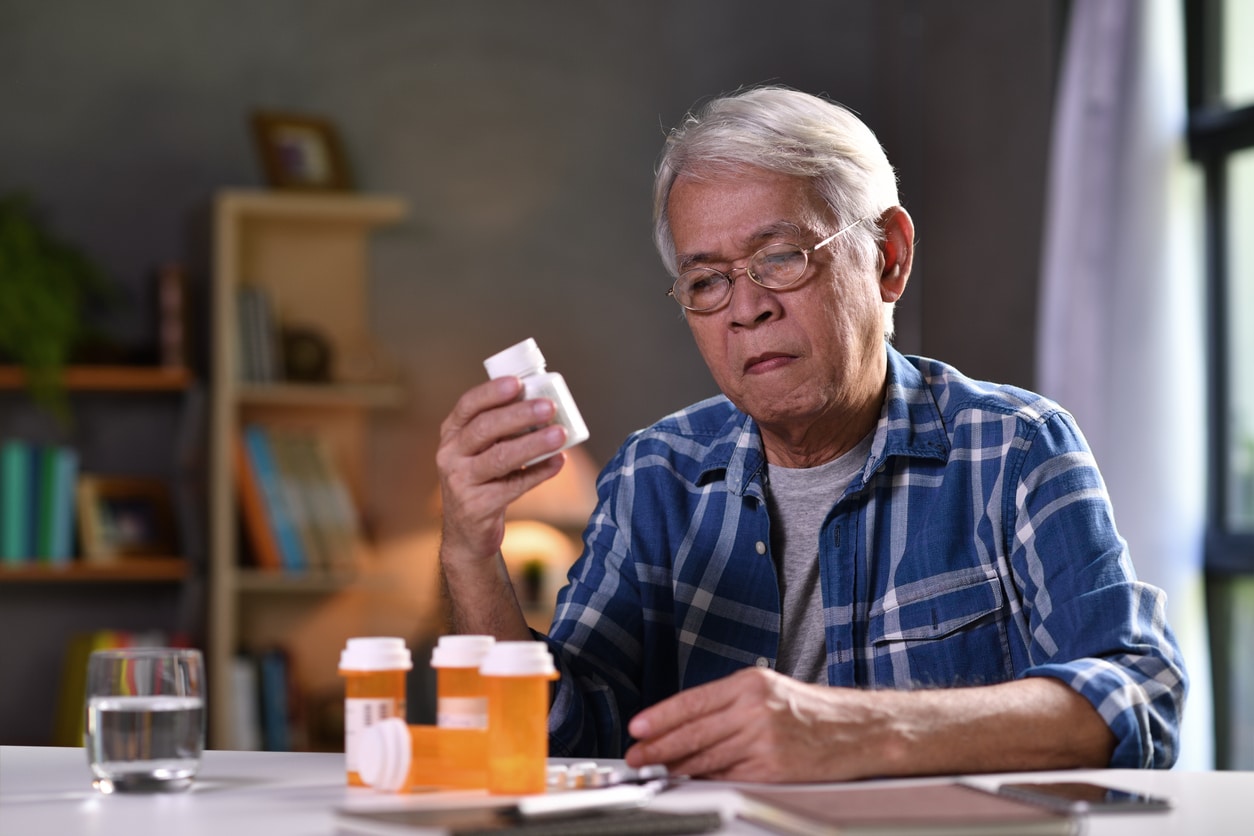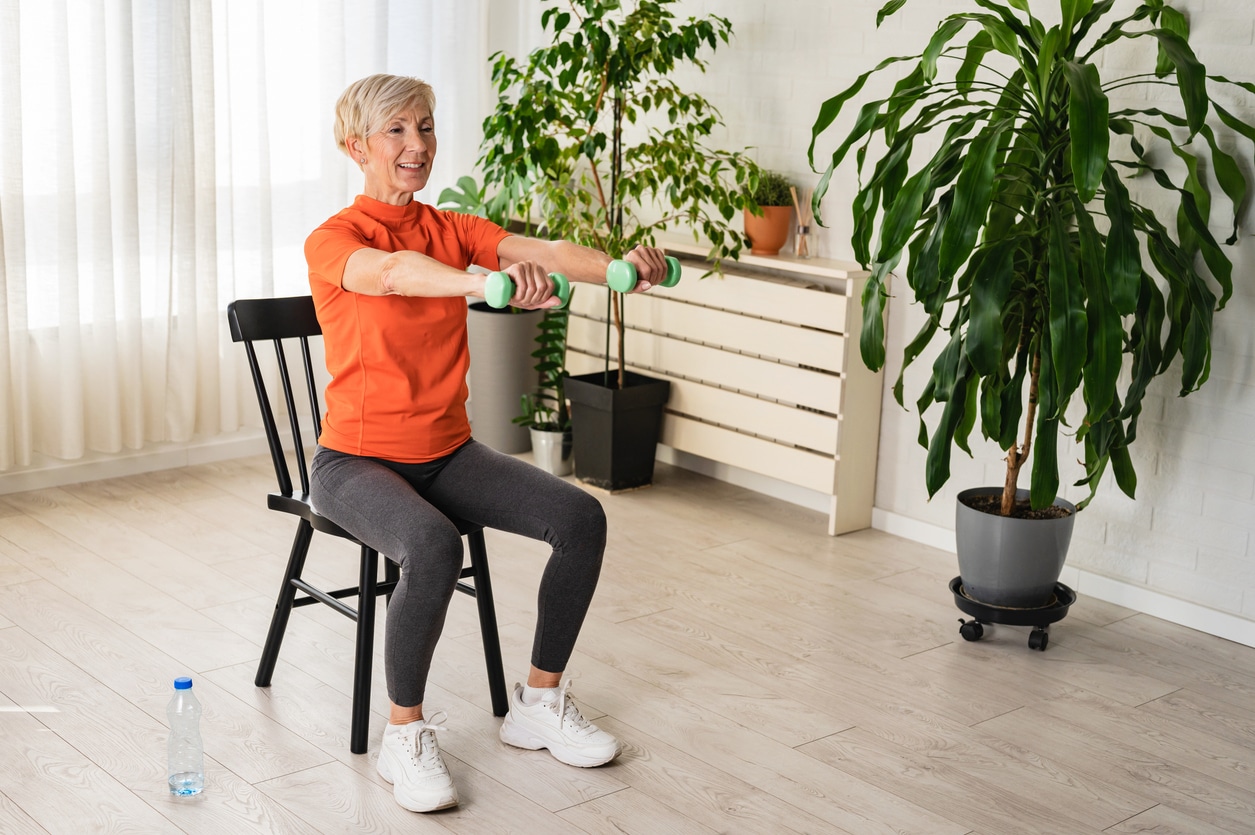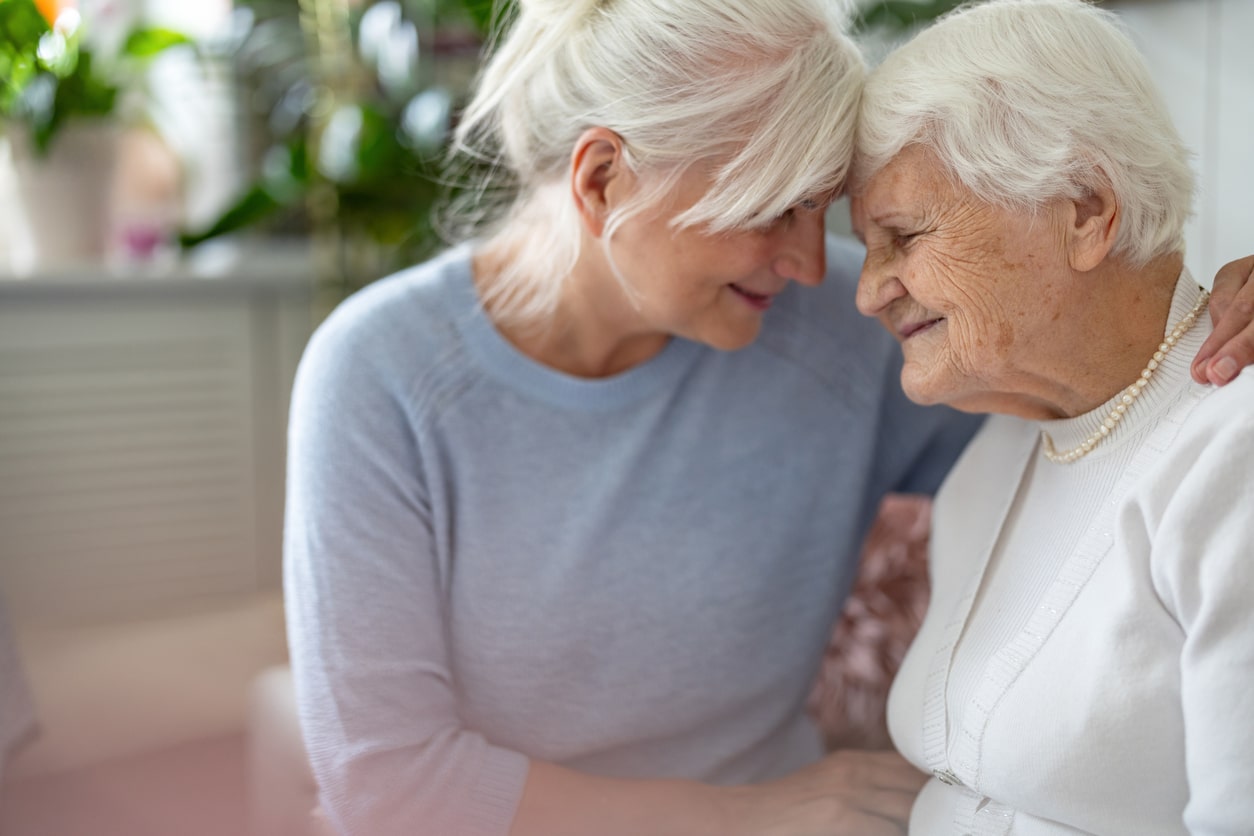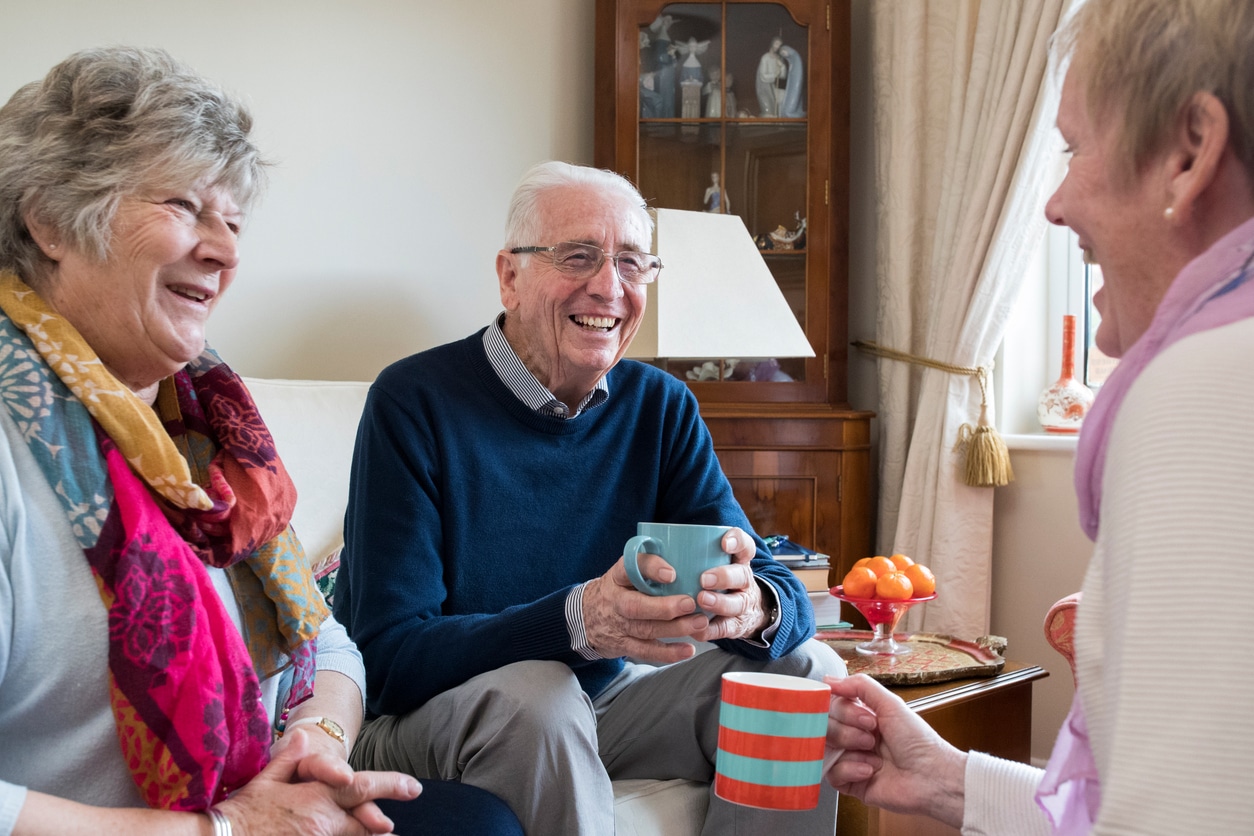After a year of living under COVID restrictions, we’ve learned some new things and had other lessons reinforced. Here’s our look at key takeaways from 2020 for family caregivers and seniors.
Lesson 1: Adopt Different Ways to Communicate & Socialize
For most of us, the biggest lesson from year one of the pandemic was learning how to communicate and socialize differently. From figuring out how to be heard through a mask to determining the right value for a socially distanced chat, we developed new skills for connecting in person.
We also turned to technology to stay in touch with colleagues, family and friends. Regular communication staves off loneliness and keeps information flowing. The latter is especially important for seniors and family members who can’t see each other under COVID restrictions.
Christine Songco, a life, health and wellness coach, who’s also a family caregiver in a multi-generational household. “I communicate with family and friends through my phone and the Facebook Messenger app,” she says. “In the beginning, family members that I hadn’t heard from in a while were communicating through Zoom or Facebook Messenger meetings. That got old really quickly, so now I send texts or call them to see how they’re doing. I’m having video fatigue right now and prefer calls or text to videos lately.”
Older adults are leaning into technology, too. While some may need a little coaching to get up to speed on video chats, webinars and live streams, technology empowers vital connections to family, friends and faith or community groups. Others are turning back to old-fashioned letter-writing. Individuals are sending more snail mail communiques. We all get a boost from a card or letter, especially during social distancing.
That fueled activities like Wish of a Lifetime’s Cupid Crew, which teamed up with schools and other partners across the country to create and send cards to tens of thousands of older adults on Valentine’s Day.
Lesson 2: Commit to Stress Reduction
We’ve long known that stress management is important, but after 365-plus days of pandemic life, we have more first-hand knowledge about its value. On top of the uncertainty brought on by COVID-19, some of us may already be coping with the stress of aging, isolation or being a family caregiver. Read on for 6 ways to address pandemic stress.
Use these tactics to help reduce stress and the impact of isolation and loneliness:
1. Take care of yourself.
Activity releases endorphins that improve our mood. A few deep breaths or stretches reduces tension. Exercise – even moderate-intensity aerobic activity like brisk walking – is generally safe for most people (but always check with your care team before starting or increasing your activity1).
2. Observe health limits.
Eat as healthily as possible, including limited consumption of alcohol, tobacco and other substances. Be thoughtful about following the news too closely and/or spending time on social media. This may increase feelings of hopelessness, fear or anxiety.
3. Make time to relax and have fun.
Try to find time each day to do something you enjoy like reading, gardening, playing cards, etc. Meditating or taking a nap are good ways to recharge.
4. Connect with friends and family.
Safe social gatherings and quick catch-up phone calls ease stress through companionship. It’s also important to talk to someone you trust about your emotions and worries to get the support you deserve.
5. Stay engaged with community or faith organizations.
Fellowship with others outside our closest contacts is also a good way to reduce anxiety and increase belonging and community. Use technology and safe social distancing to stay involved in these groups.
6. Gratitude is an effective stress-reduction tactic.
“Numerous academic studies confirm that showing gratitude improves our outlook and emotional health, reduces stress, and boosts resiliency and coping,” explains Natalie Dattilo, Ph.D., director of Psychology, Department of Psychiatry, Brigham & Women’s Hospital; and instructor at Harvard Medical School. She recommends starting by jotting down one thing you’re grateful for every day for 2 weeks, 30 days, 60 days or longer. Aim for a different thing each day.
“It’s an easy and engaging challenge that builds a nice inventory of appreciation, and I often have people include their whole family in the project,” she says. “Dinner time or bedtime provides an ideal opportunity to reflect on the day together.” Work teams can do this, too, she adds. “In a group setting, shared gratitude activities build community and trust, essential factors in psychological safety.”
A mindset of continuous learning is an effective way to address stress and uncertainty. Keep looking for opportunities to develop new skills, cultivate a positive attitude and improve life in a pandemic and beyond.
“Be kind to yourself and give yourself compassion if you do have a setback,” Songco suggests. “Change your perspective about words like setback or mistake and think of them as learning opportunities.”
———-
DISCLAIMER:
Don’t disregard professional medical advice, or delay seeking it, because of what you read here. This information is not intended as a substitute for professional consultation, diagnosis or treatment; it is provided “as is” without any representations or warranties, express or implied. Always consult a healthcare provider if you have specific questions about any medical matter and seek professional attention immediately if you think you or someone in your care may be experiencing a medical condition or healthcare emergency.
1 Centers for Disease Control – Division of Nutrition, Physical Activity, and Obesity, National Center for Chronic Disease Prevention and Health Promotion. March 5, 2021.
